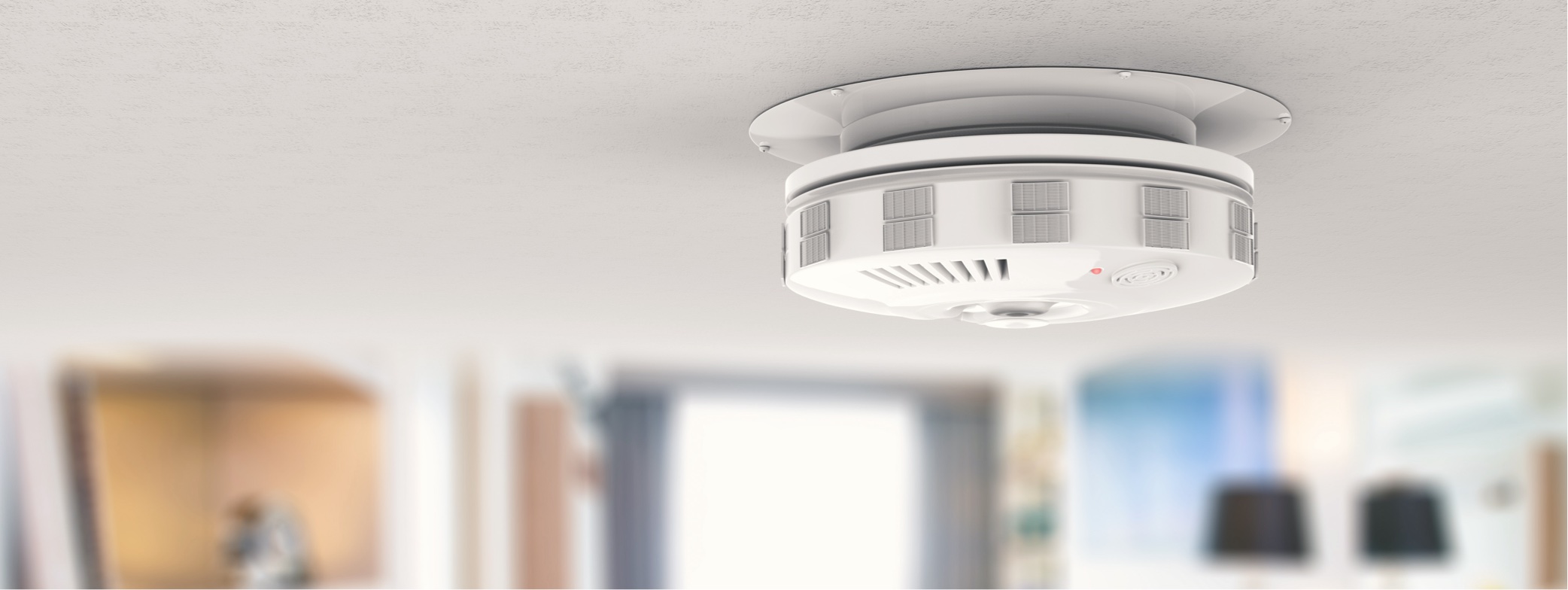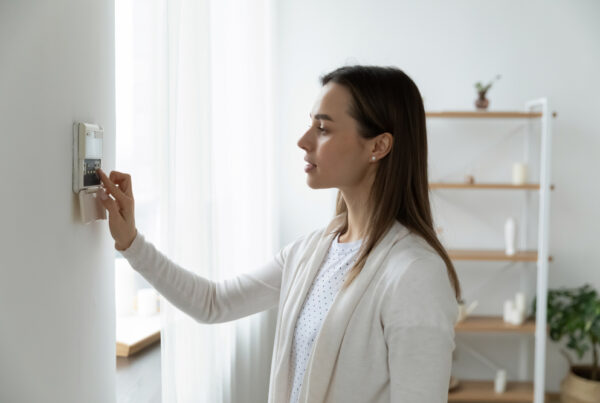On January 31, 2022, HUD issued a notice (PIH Notice 2022-01), announcing that HUD will enforce the installation of carbon monoxide alarms or detectors in HUD-assisted housing by December 27, 2022. Essentially, this is the action plan of applying a law passed several years ago – The Carbon Monoxide Alarms Leading Every Resident To Safety Act of 2019, that required all HUD housing to meet or exceed carbon monoxide safety requirements.
The law stated the following:
Each dwelling unit assisted under this subtitle shall contain installed carbon monoxide alarms or detectors that meet or exceed(1) the standards described in chapters 9 and 11 of the 2018 publication of the International Fire Code, as published by the International Code Council; or“(2) any other standards as may be adopted by the Secretary, including any relevant updates to the International Fire Code, through a notice published in the Federal Register.”
Congress has appropriated approximately $300 million in funding over the next three years to pay for the purchase/installation of equipment. There is no guidance as of this date on how owners, agents, and public housing authorities can access these funds.
Where Are CO Alarms Required?
Since that law passed, there have been questions about when, where, and how owners would need to install and maintain CO detectors. HUD has adopted the CO safety standards of the International Fire Code (IFC) 2018. Furthermore, HUD states all properties must have CO detectors installed in all dwelling units that meet or exceed the standards in Chapters 9, Fire Protection and Life Safety Systems, and Chapter 11, Construction Requirements for Existing Buildings, of the International Fire Code.
We have included a summary of the requirements for building designs typically found in HUD-assisted housing.
- “Carbon Monoxide Detection shall be installed in dwelling units that contain a fuel-burning appliance or fuel-burning fireplace.” IFC – Chapter 9, Section 915.1.2 – Locations
- “Carbon Monoxide detection shall be included in any dwelling units with attached private garages” IFC, Chapter 9, Section 915.1.5 Private Garages
- “Carbon Monoxide detectors shall be installed in dwelling units outside each sleeping area and in the immediate vicinity of the bedroom. If a fuel-burning appliance is installed in the bedroom, a CO detector must be installed in the bedroom” Section 915.2.1.
What Kind of CO Alarms are Required and Where Do They Need to be Installed?
- Carbon Monoxide detectors shall receive their primary power from the building’s wiring, and when the primary power service is interrupted, they are serviced by a battery (i.e., it has to be hard-wired and have a battery backup). Section 915.4.1 Power Source
- Exception to Hard-Wiring: ICC Chapter 11 – 1103.09 Carbon Monoxide Alarms are permitted to be solely battery operated where the code that was in effect at the time of construction did not require carbon monoxide detectors to be provided.
- The CO Alarms must meet the UL 2034 standard for sensitivity and UL 217. When purchasing CO alarms, please ensure they meet these standards for sensitivity. Combination smoke and CO alarms must comply with UL2075 and UL 268
- IFC does not specify where CO detectors should be installed. Installation should follow the manufacturer’s specifications. If no specifications can be located, the best practice is to install CO detectors approximately 5’ from the floor and not within 6” of a conjoining wall. If wall placement is not feasible, place them on the ceiling no less than 6” from any wall. If the CO Alarm is combined with a smoke alarm, follow the correct smoke alarm placement.
What are “Fuel Burning Appliances”?
nFuel-burning appliances include any heating or cooking appliance which uses natural gas, propane, or oil. These can include any of the following:n
- Gas/Fuel-fired Ranges/Stoves
- Gas/Fuel-fired Fireplaces
- Gas/Fuel-fired Furnaces/Air Handlers
- Gas/Fuel-fired Boilers/Water Heaters
What are the Exceptions?
CO detection shall not be required in dwelling units that do not have openings between the fuel-burning appliance or underground garage and the dwelling unit (paraphrased 915.1.4 Fuel Burning Appliance outside of dwelling units). If you have a central heating or hot water system that does not distribute heat via forced hot air, CO detection is not specifically required in the dwelling units.
As always, you should follow your local codes and ensure that you follow the more stringent standard; HUD’s standards do not supersede local codes or vice-versa.



